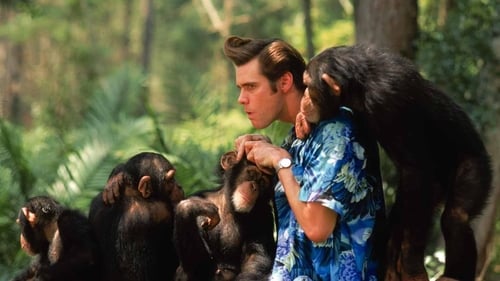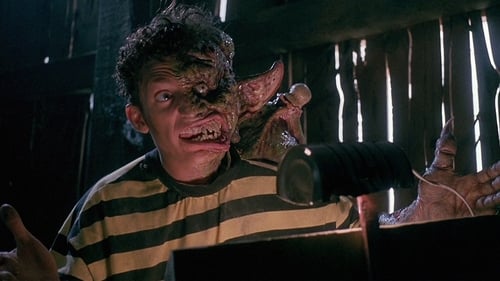
Production Manager
Intentando superar el trauma que le ha dejado el fracaso de su última misión, donde no pudo evitar que muriera la mofeta que tenía que rescatar, el inefable detective Ace Ventura es requerido en su retiro en un monasterio de monjes budistas por un extraño personaje que le ofrece una fuerte suma de dinero para que trate de encontrar el animal sagrado de una tribu.

Production Manager
Ricky Coogan, un ambicioso y avaro ídolo juvenil, es contratado por la malvada ESS Corporation y enviado a la República de Santa Flan, en América del Sur, para promover un tóxico fertilizante biogenético, el Grotex 24. Prohibido en los USA por las mutaciones que provoca, Ricky nunca llegará a su destino porque decide parar en una feria de monstruos en el camino.

Director
Shopping Bag, Spirits and Freeway Fetishes: Reflections on Ritual Space explores nine Los Angeles based artists reflecting on ritual in their life and art. Artist David Hammons discusses the role of chance and improvisation in his work while working on sculpture on a waste site while N’Senga Nengudi talks about staging her performances in freeway underpasses. Spanning performance to spoken word, environmental sculpture to music each artist talks about how ritual and cultural traditions informs their work. This experimental essay intercuts interviews, documentation and photographs with the music of Don Cherry seeking to adjust the criteria and language used to talk about artists of colour.

Production Manager
Filmmaker Alicia Dhanifu, who appears in director Jamaa Fanaka’s Emma Mae, constructs a rigorous and beautifully rendered history of belly dancing — its roots and history, forms and meanings. The filmmaker performs this art as well, alone and with other dancers. —Shannon Kelley

Director
Made in collaboration with performer Yolanda Vidato, Water Ritual #1 examines Black women’s ongoing struggle for spiritual and psychological space through improvisational, symbolic acts. Shot in 16mm black-and-white, the film was made in an area of Watts that had been cleared to make way for the I-105 freeway, but ultimately abandoned. Though the film is set in contemporary L.A., at first sight, Milanda and her environs (burnt-out houses overgrown with weeds) might seem to be located in Africa or the Caribbean, or at some time in the past. Structured as an Africanist ritual for Barbara McCullough’s “participant-viewers,” the film addresses how conditions of poverty, exploitation and anger render the Los Angeles landscape not as the fabled promised land for Black migrants, but as both cause and emblem of Black desolation. (Jacqueline Stewart)

Director
Barbara McCullough‘s newest film, Horace Tapscott: Musical Griot, is a profound meditation on the importance of the black tradition to the music, art, history, and activism of Los Angeles and beyond. Horace Tapscott was an underappreciated musical genius and community activist deeply involved in one the most exciting periods of Los Angeles jazz history. Black-listed in the 1960s and ‘70s because of his political affiliations (his “Arkestra” was the band of choice to perform at political rallies), during the Watts Rebellion of 1965, police actually shut down his performances, accusing him of inciting people to riot with his music. Horace Tapscott: Musical Griot tells his story in the manner of a griot, or story-teller, who in West African societies maintain the legacy, knowledge, and history of their group traditions in oral form.





